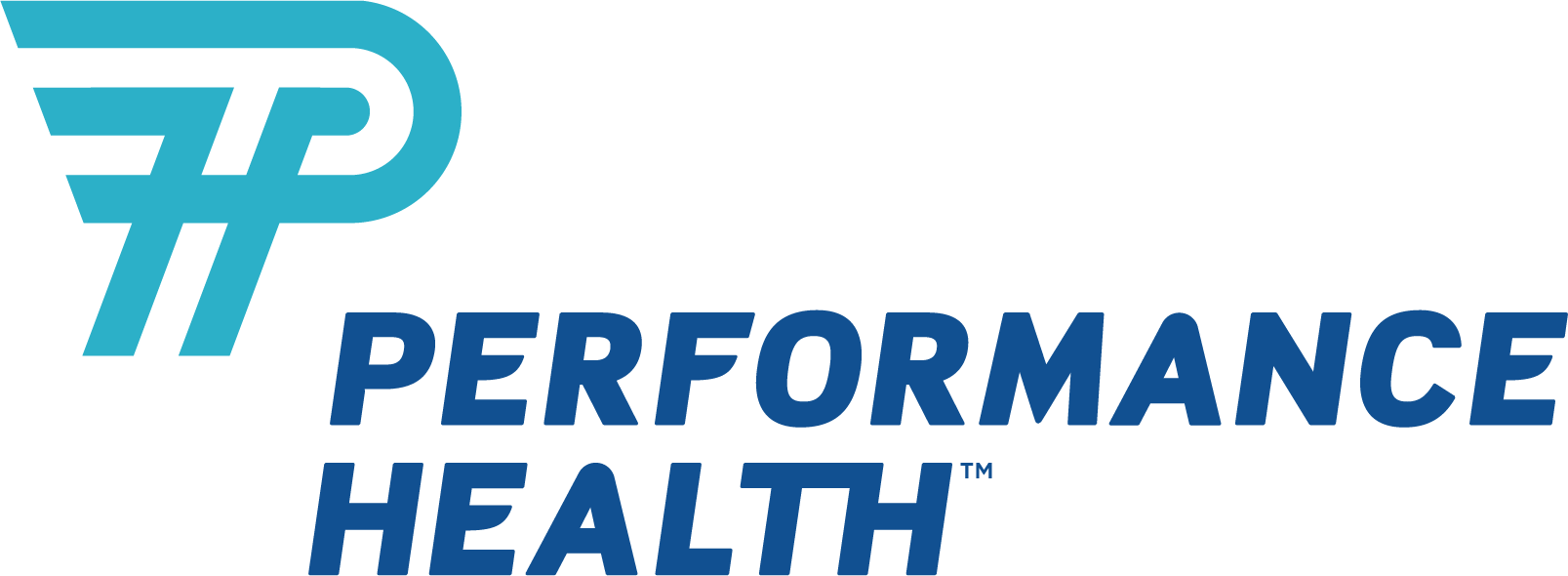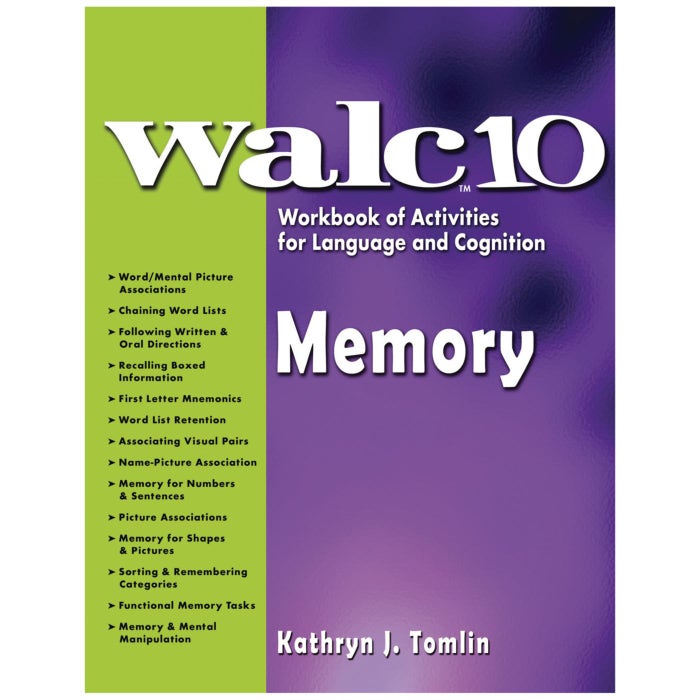WALC 10 Memory
-

This product contains natural rubber latex which may cause allergic reactions.
-

For health reasons we are unable to accept returns or exchanges of hygiene products.
-

This item is considered dimensionally oversized parcel or requires truck delivery. Additional shipping charges will be calculated at time of order.
-

This item is classified as hazardous materials. Can ship ground only - restricted from air. Additional shipping surcharge will be added at time of order.
-

This product has a Bariatric rating.
-
If you have any questions please contact customer support at: 1.800.323.5547 or Email at:
customersupport@performancehealth.com
OTHER ADDRESSES
| Company or Name | Street | Address 2 | City | State | Zip |
|---|
Lessons are organized by these memory strategies:
Word/Mental Picture Associations—Recall information using associations such as part/whole, category, actions/agent (e.g., wrapping/present), attributes, and location.
Chaining Word Lists—Create chains of word associations and recall lists of information.
Following Written and Oral Directions—Follow two-and three-step directions. Make mental images of what the directions request and then carry them out.
Recalling Boxed Information—Clients study the placement of shapes, numbers, and words in boxes and code it for later recall.
First Letter Mnemonics—Take the first letter of each word in a list of words and create a new word from those letters.
Word List Retention—Clients develop mental flexibility as they practice memory strategies with the added factors of inclusion (e.g., which words were first and last in the list?) and exclusion (e.g., which ones are not soft?).
Associated Visual Pairs—Associate two visual items and then recall one of the items using a memory/coding strategy.
Name/Picture Association—Clients practice coding people’s names to their faces.
Memory for Numbers and Sentences—Learn strategies for recalling number sequences and lengthy sentences.
Picture Association—Develop associations between objects, between people and objects, and between people and places.
Memory for Shapes and Pictures—Clients use various memory strategies to name, duplicate, and answer questions about shapes and pictures.
Sorting and Remembering Categories—Code and recall words and pictured items by creating categories for them.
Functional Memory Tasks—Read or listen to messages, directions, paragraphs, and informative articles and recall pertinent information.
Memory and Mental Manipulation—Clients remember words and repeat them back in a variety of ways including backwards, alphabetically in order of size, etc.
| Brand | Pro-Ed |
|---|---|
| Shipping Weight | 1.120000 |
| UNSPSC | 55101524 |
Lessons are organized by these memory strategies:
Word/Mental Picture Associations—Recall information using associations such as part/whole, category, actions/agent (e.g., wrapping/present), attributes, and location.
Chaining Word Lists—Create chains of word associations and recall lists of information.
Following Written and Oral Directions—Follow two-and three-step directions. Make mental images of what the directions request and then carry them out.
Recalling Boxed Information—Clients study the placement of shapes, numbers, and words in boxes and code it for later recall.
First Letter Mnemonics—Take the first letter of each word in a list of words and create a new word from those letters.
Word List Retention—Clients develop mental flexibility as they practice memory strategies with the added factors of inclusion (e.g., which words were first and last in the list?) and exclusion (e.g., which ones are not soft?).
Associated Visual Pairs—Associate two visual items and then recall one of the items using a memory/coding strategy.
Name/Picture Association—Clients practice coding people’s names to their faces.
Memory for Numbers and Sentences—Learn strategies for recalling number sequences and lengthy sentences.
Picture Association—Develop associations between objects, between people and objects, and between people and places.
Memory for Shapes and Pictures—Clients use various memory strategies to name, duplicate, and answer questions about shapes and pictures.
Sorting and Remembering Categories—Code and recall words and pictured items by creating categories for them.
Functional Memory Tasks—Read or listen to messages, directions, paragraphs, and informative articles and recall pertinent information.
Memory and Mental Manipulation—Clients remember words and repeat them back in a variety of ways including backwards, alphabetically in order of size, etc.








 France
France Australia
Australia



